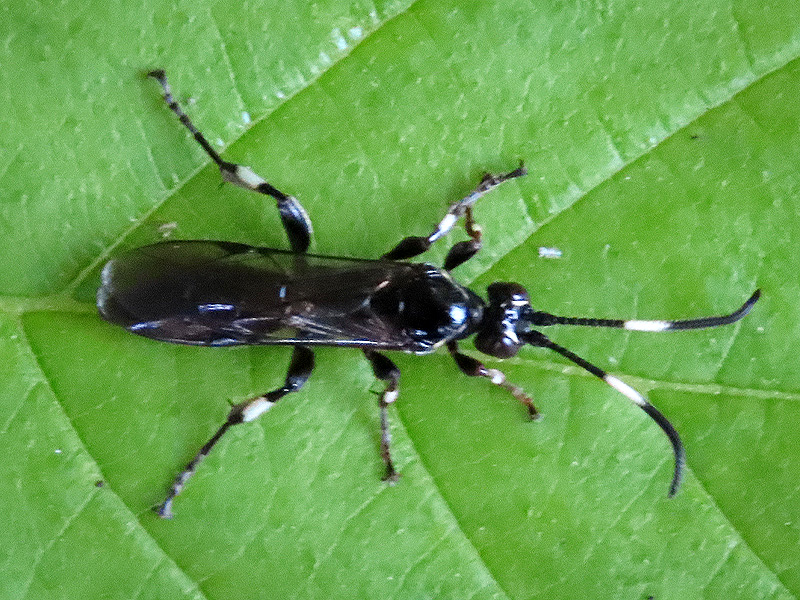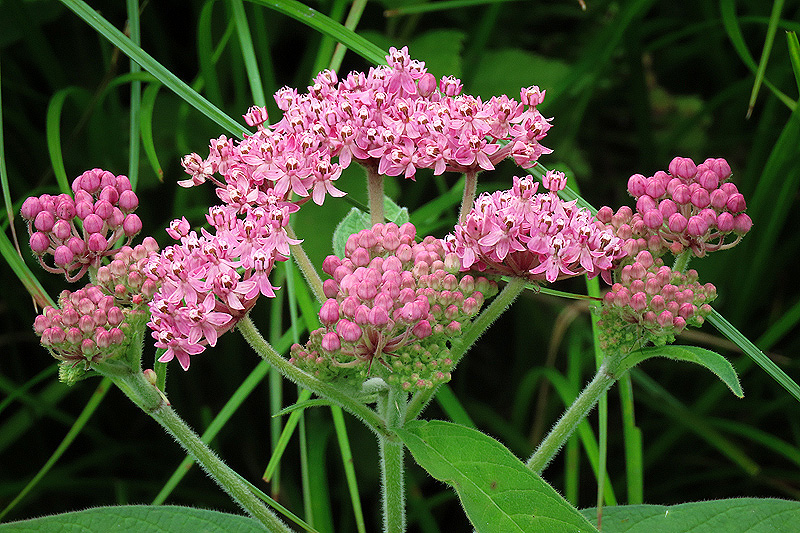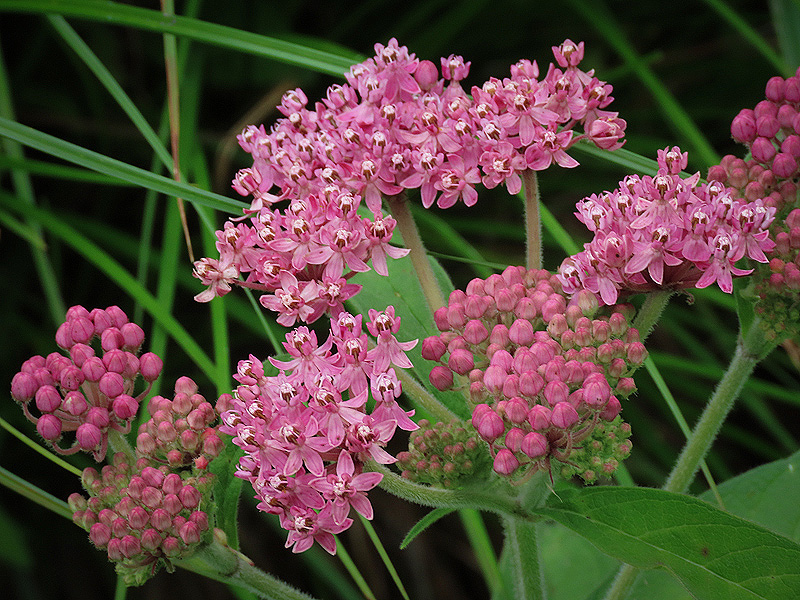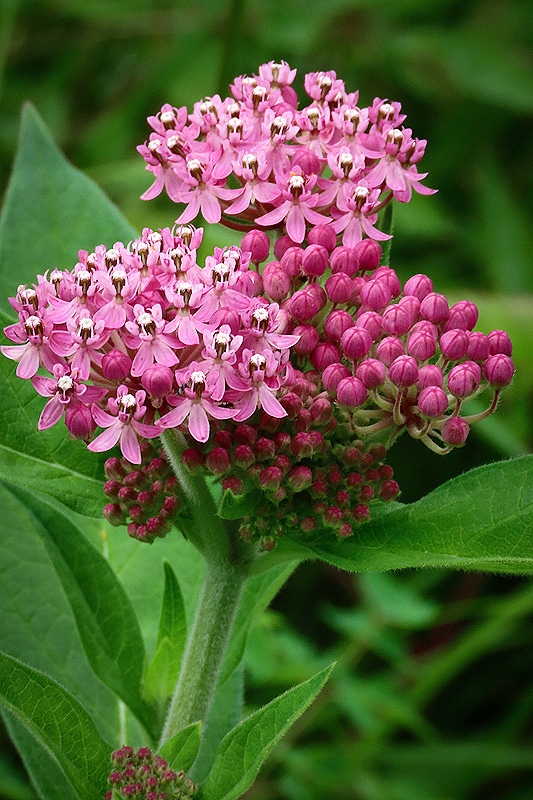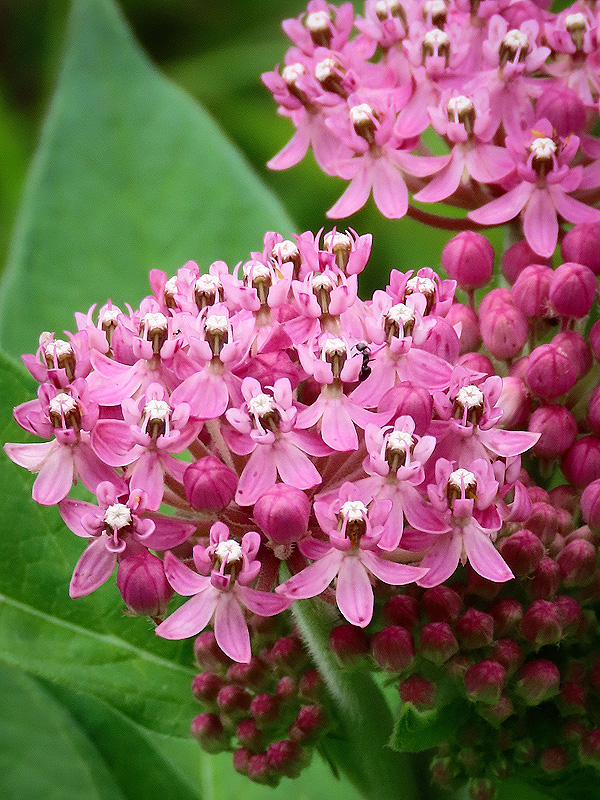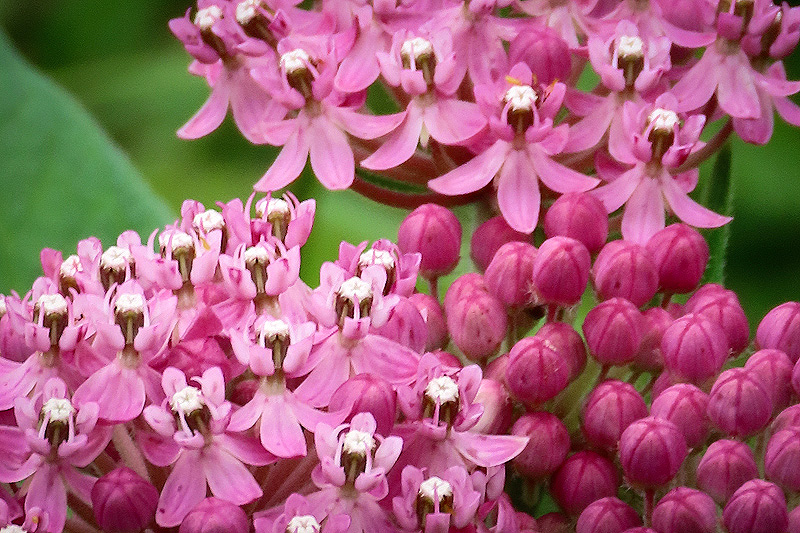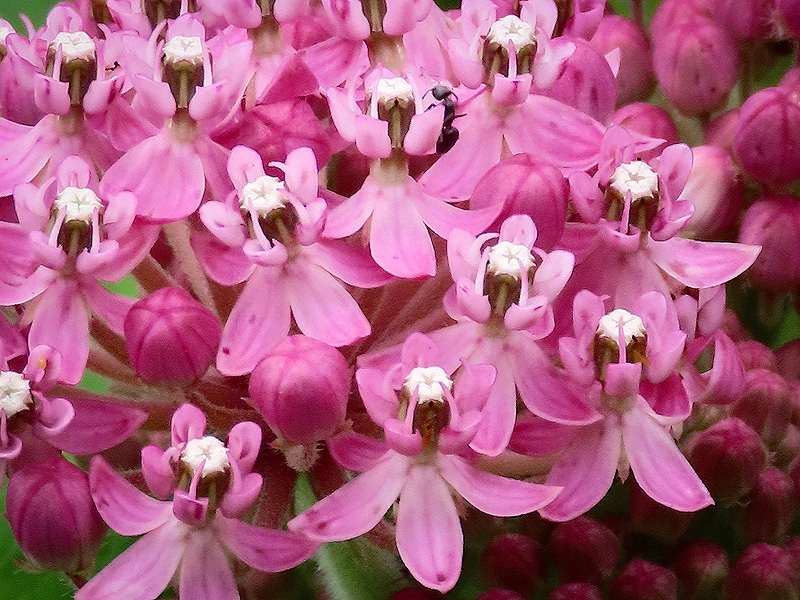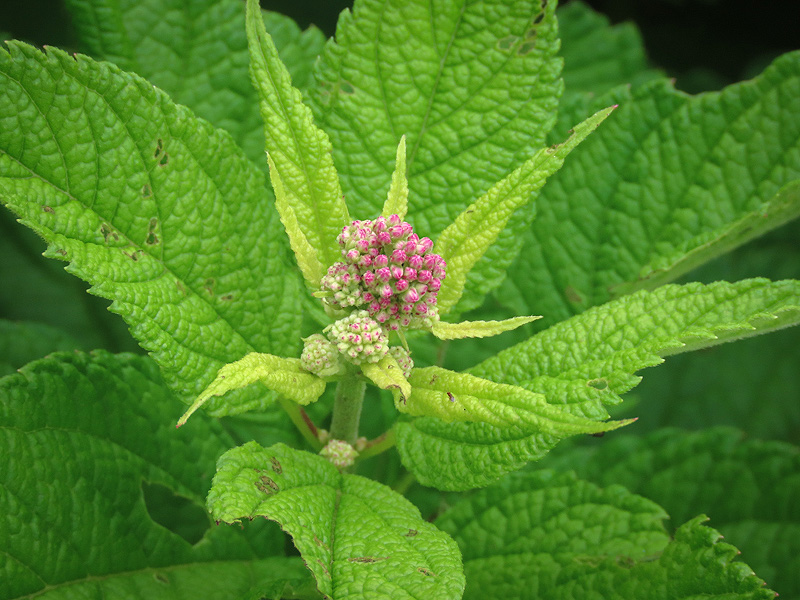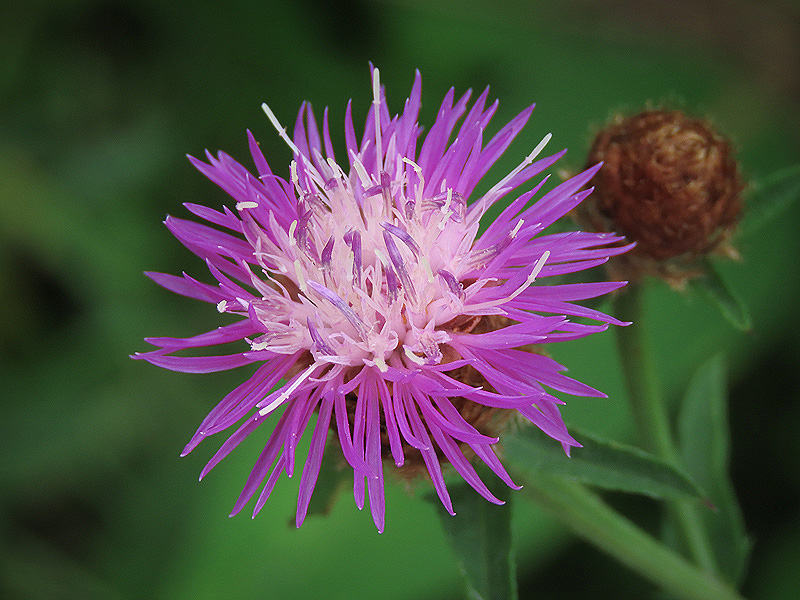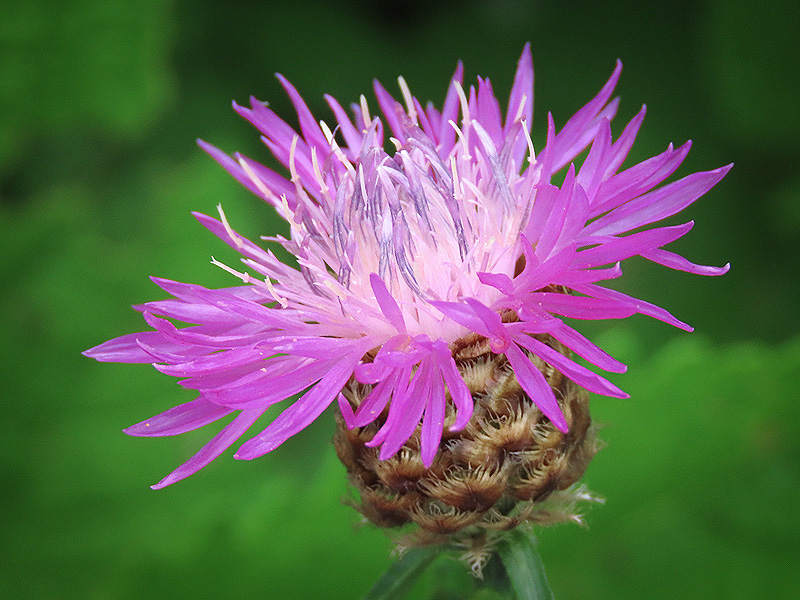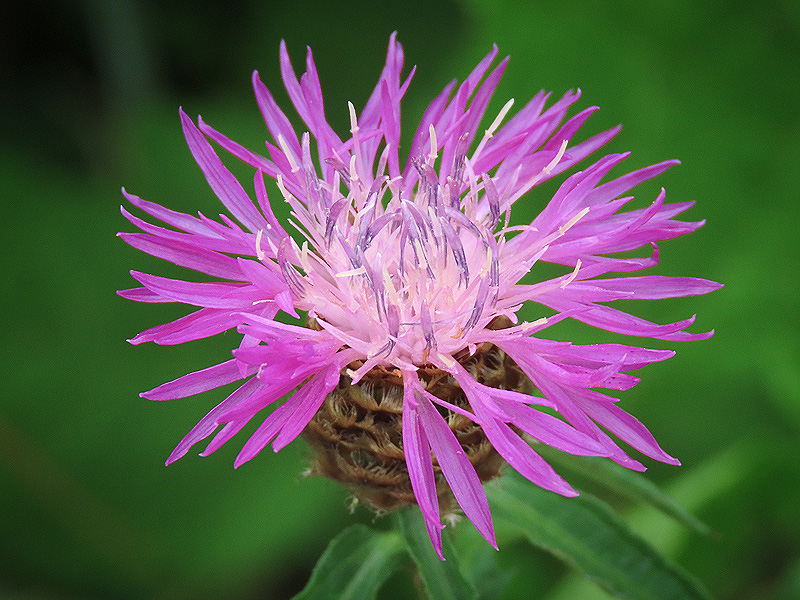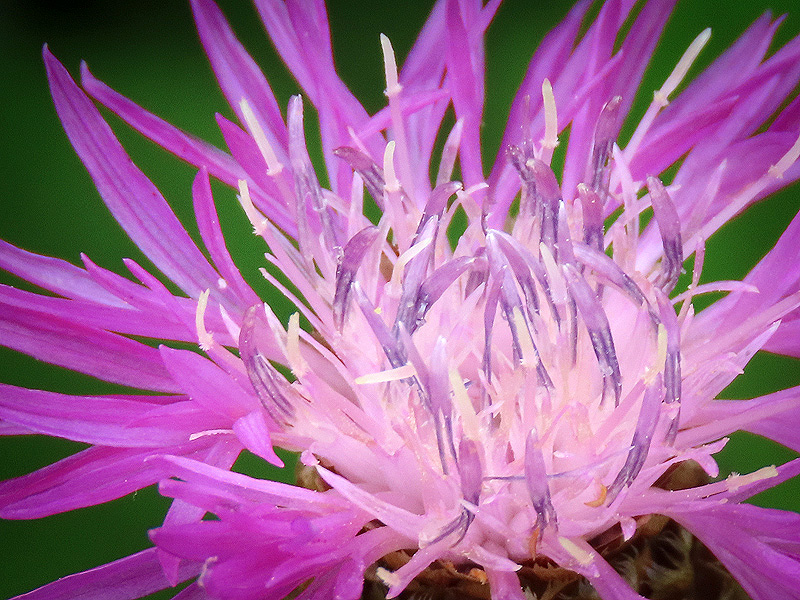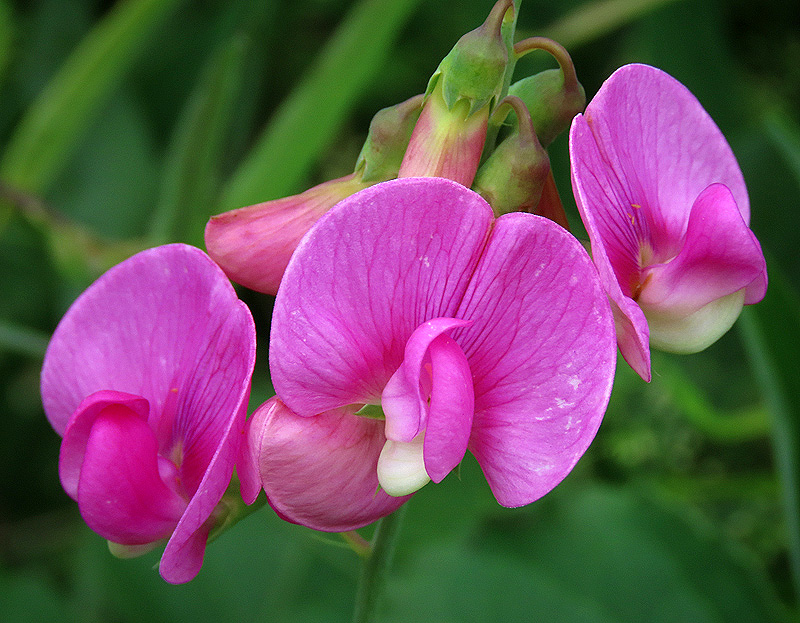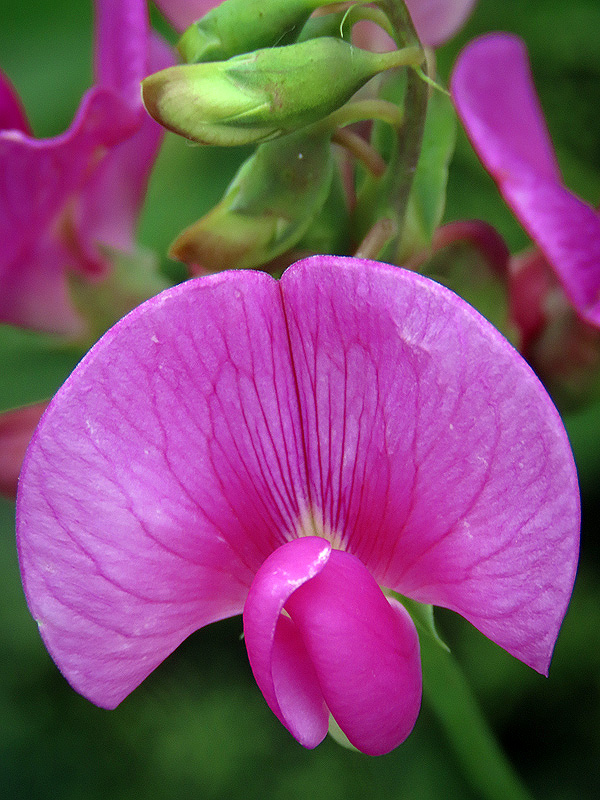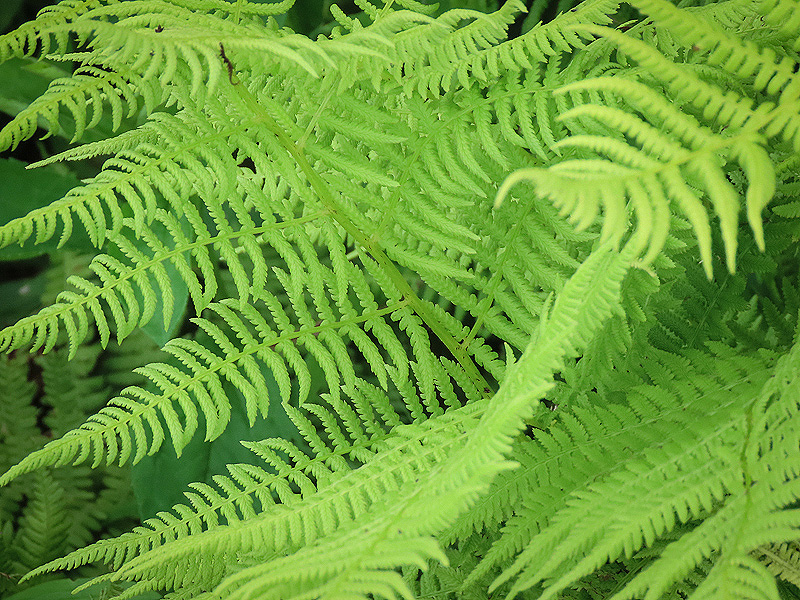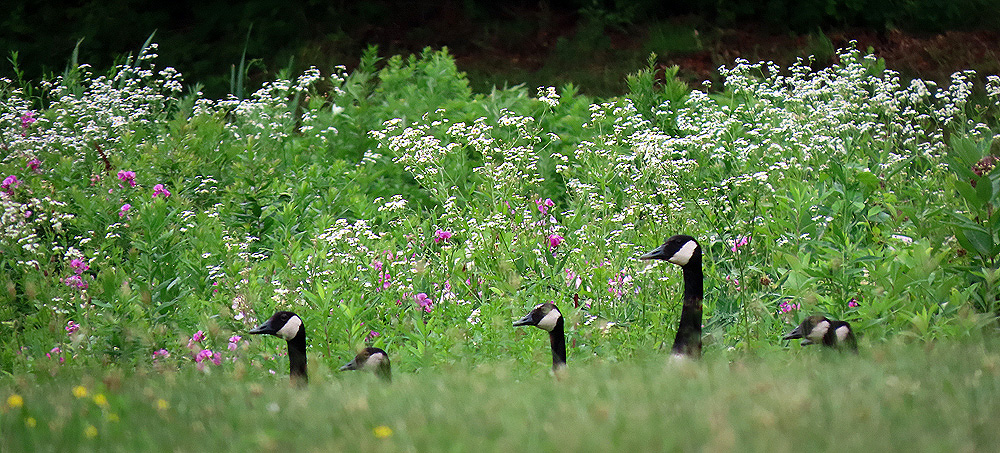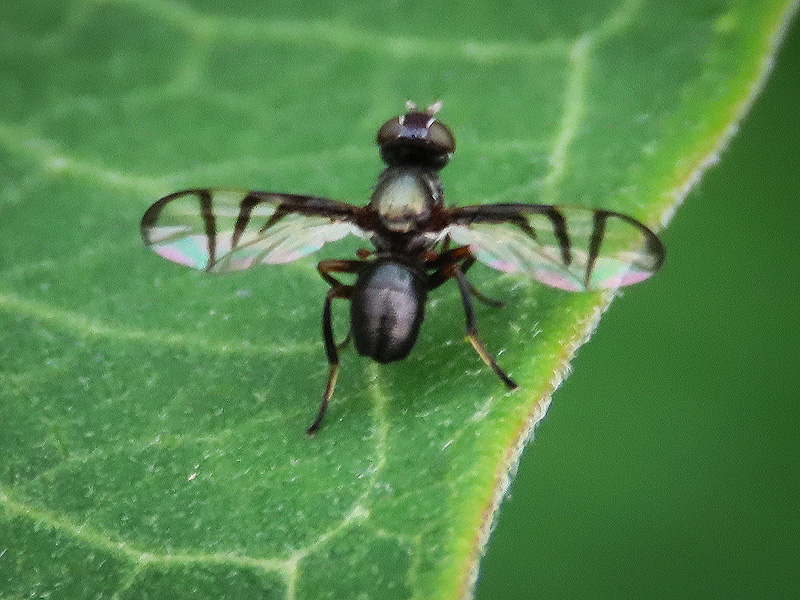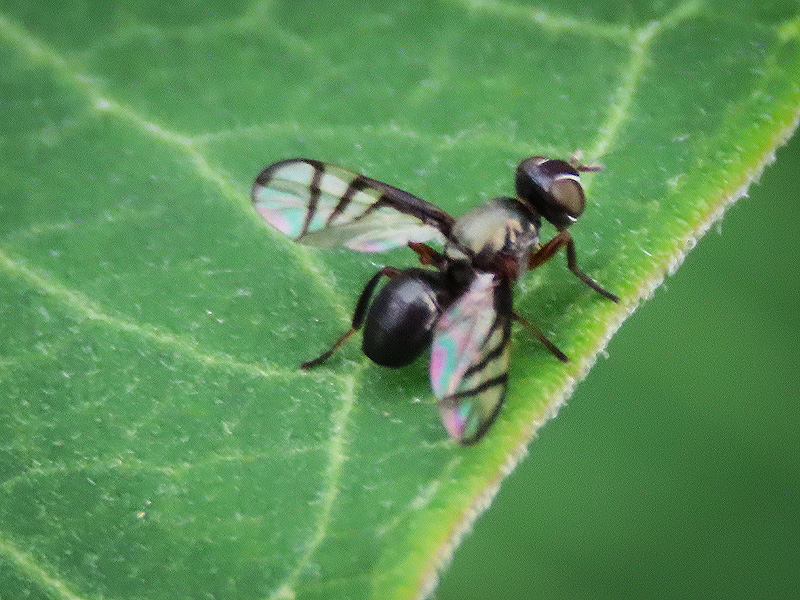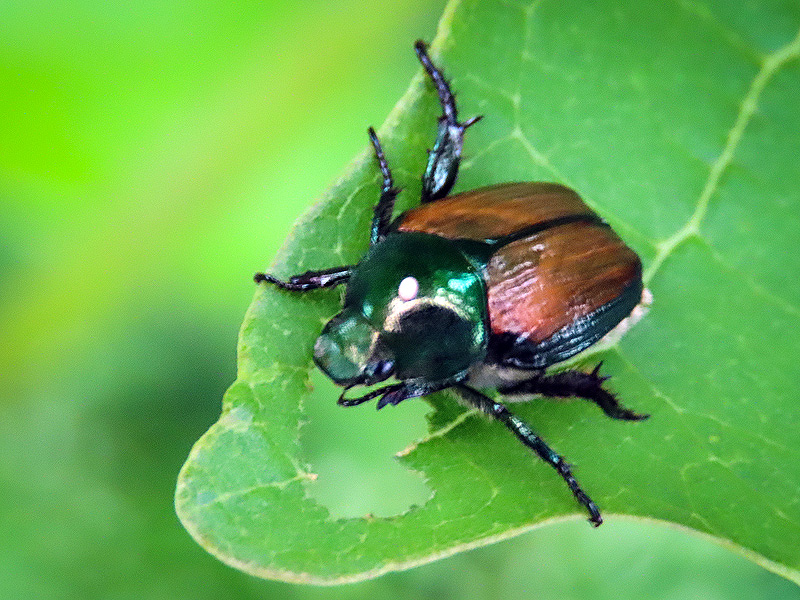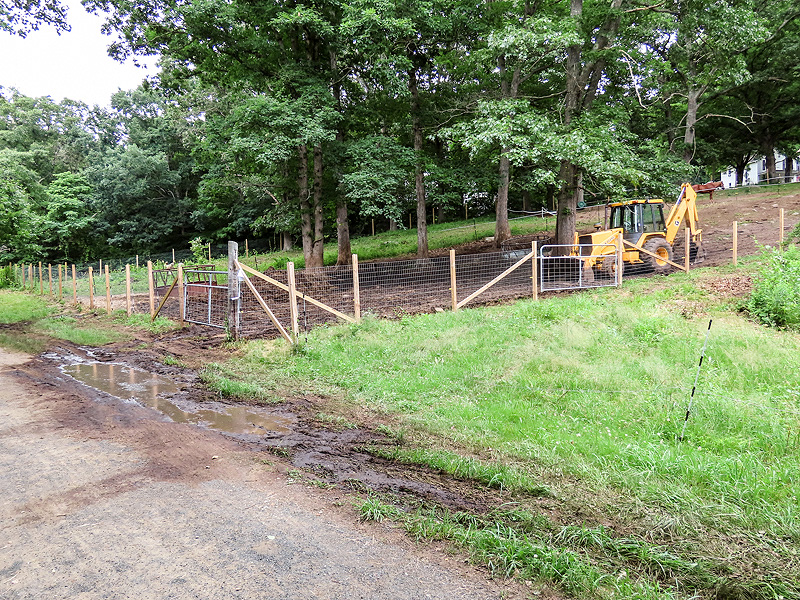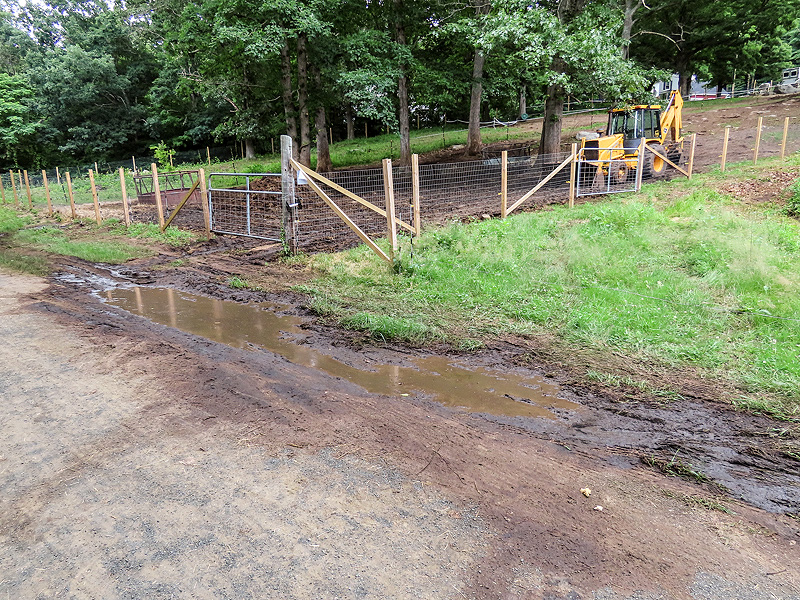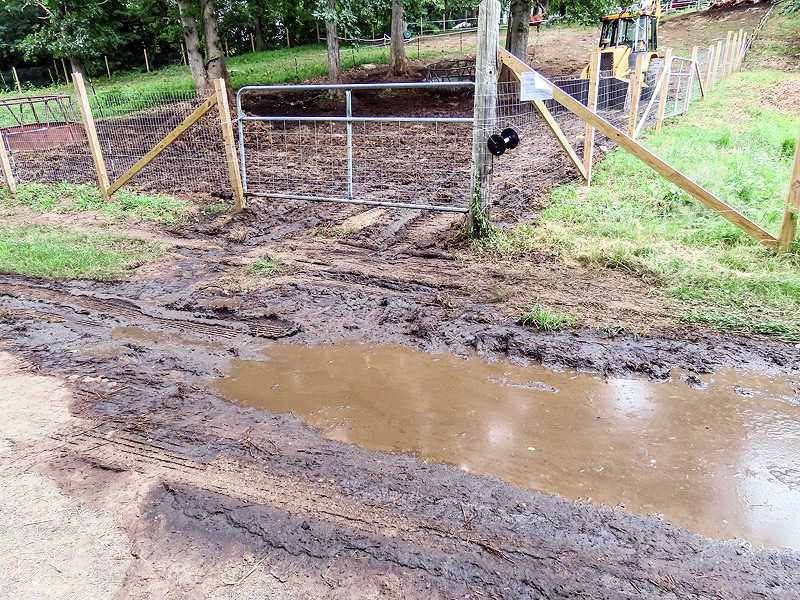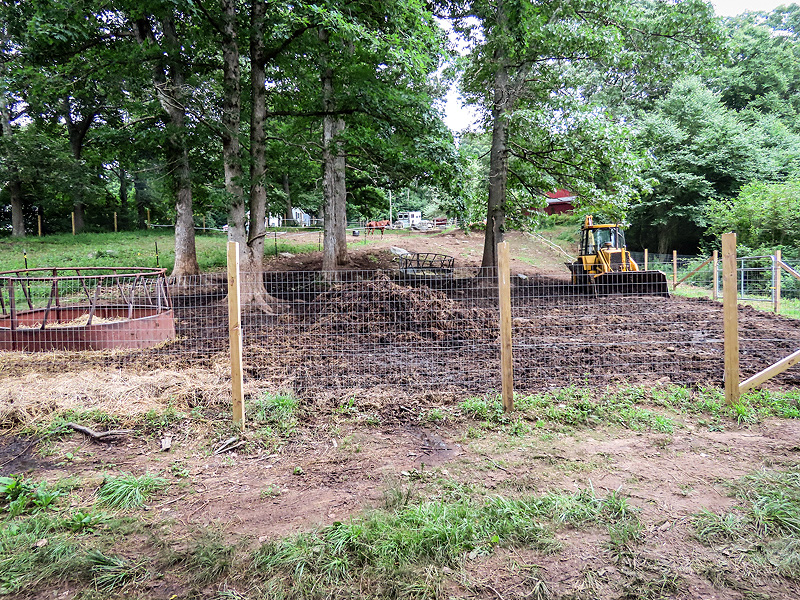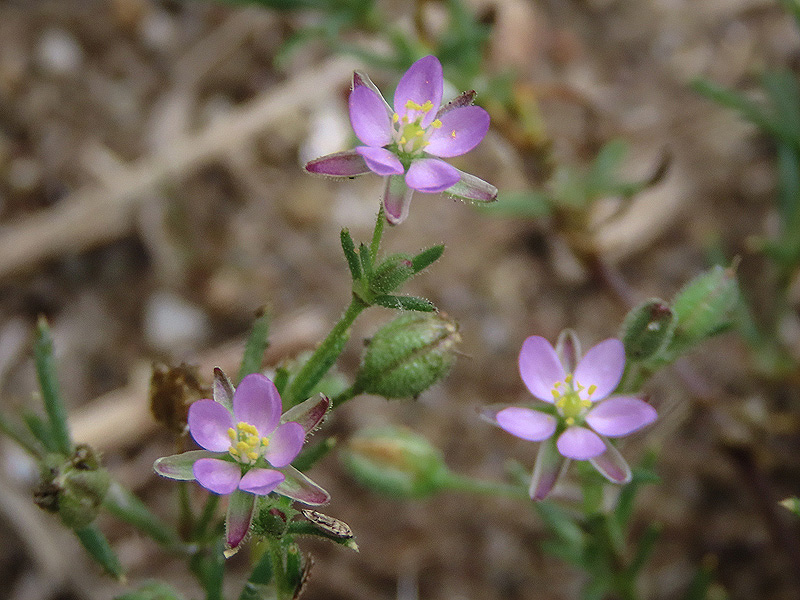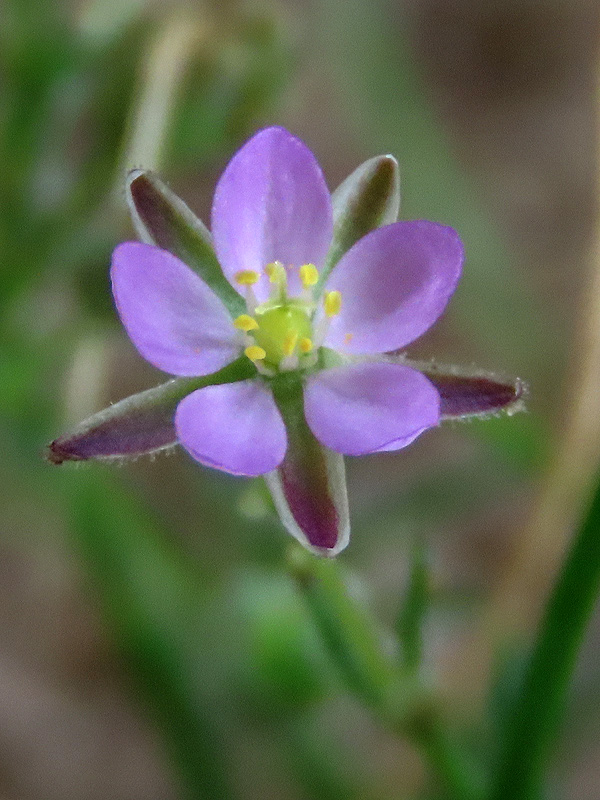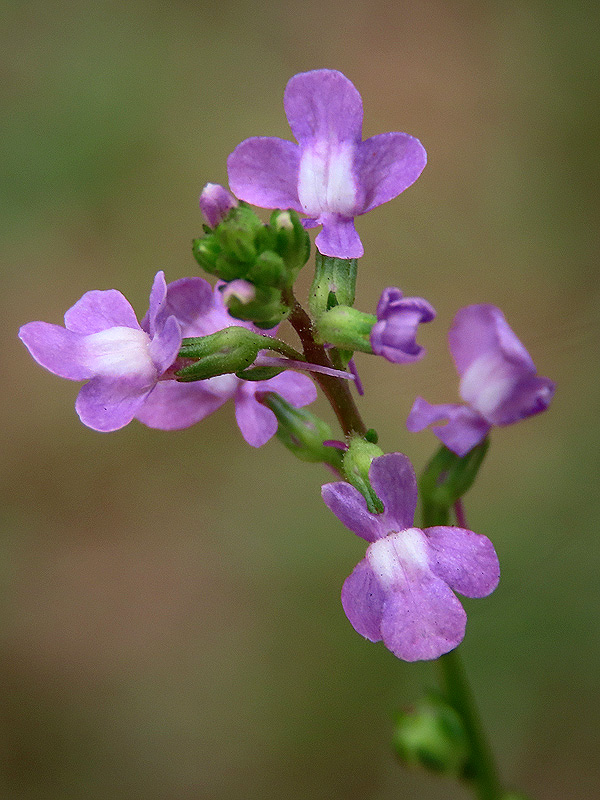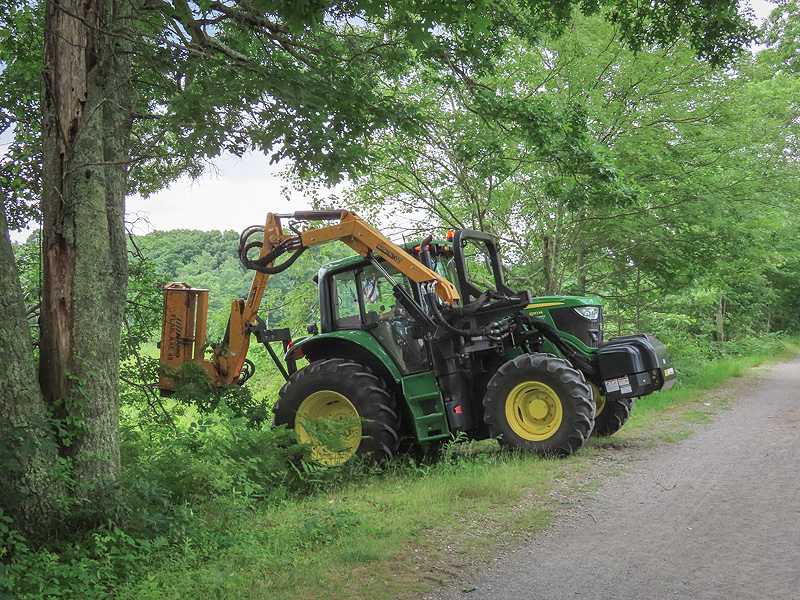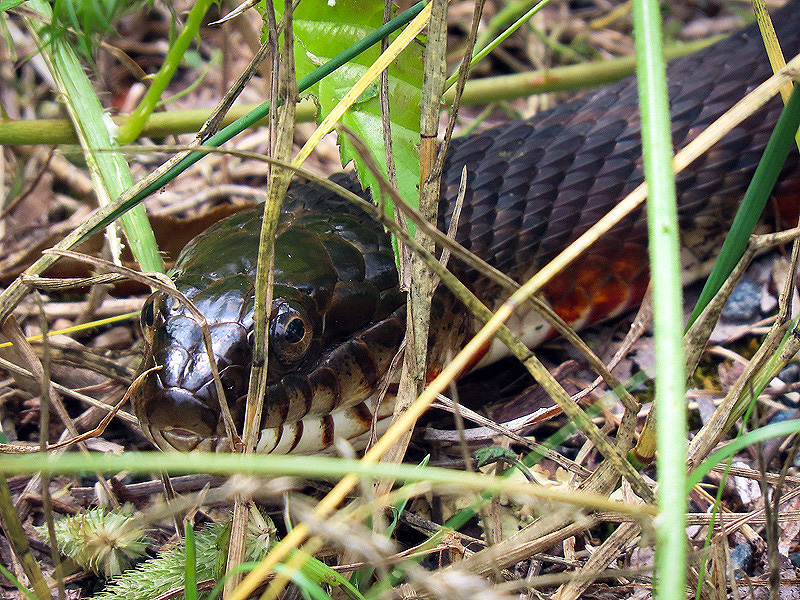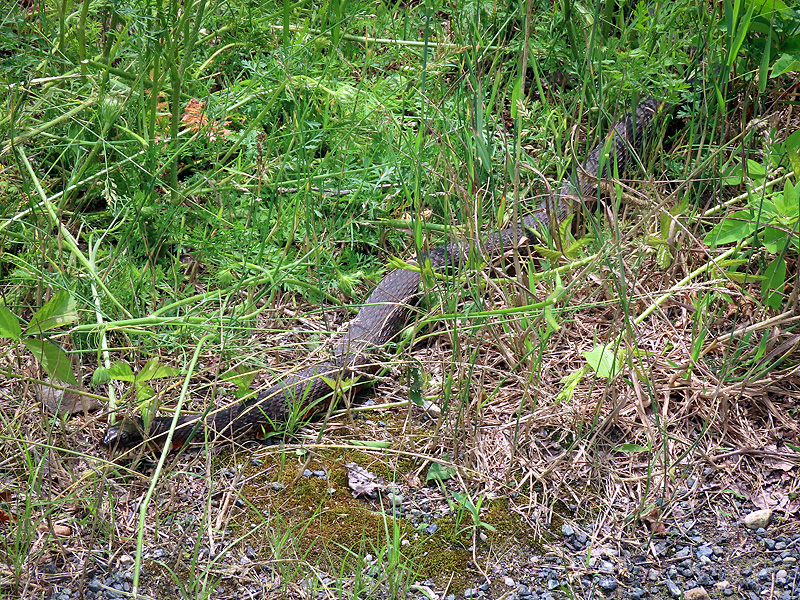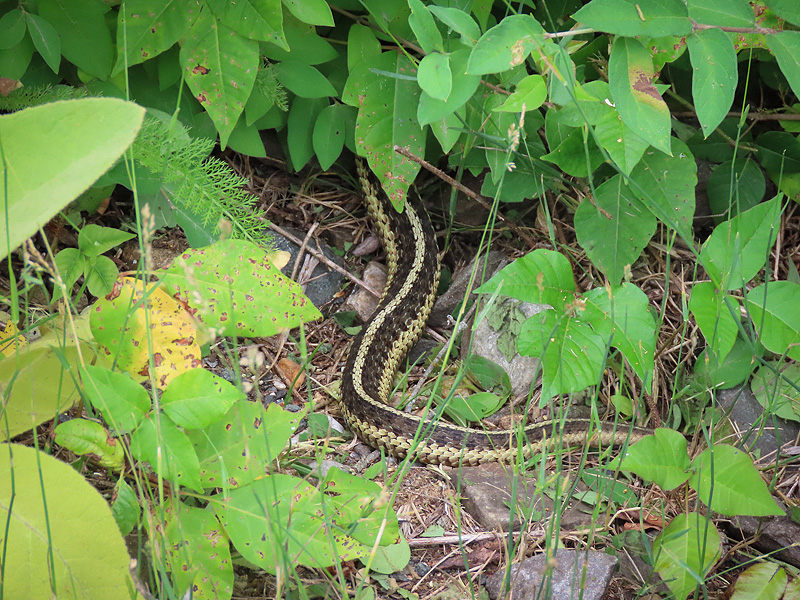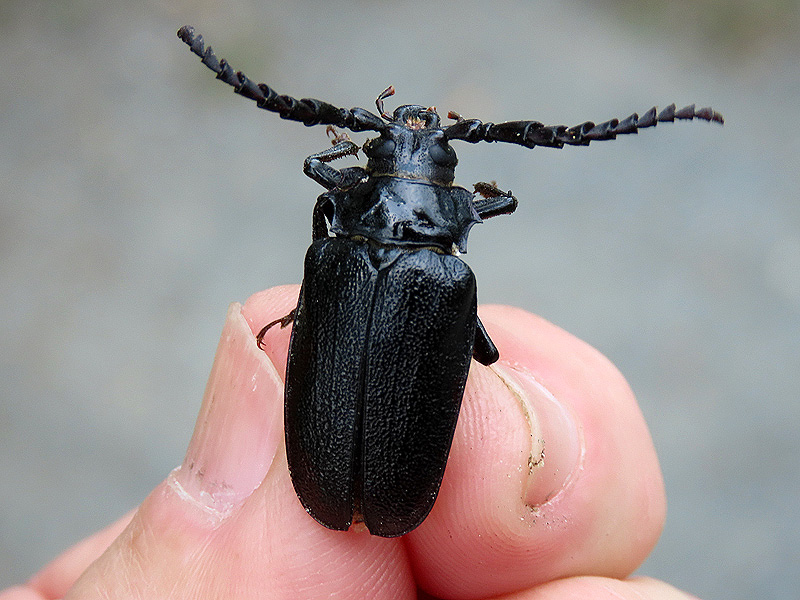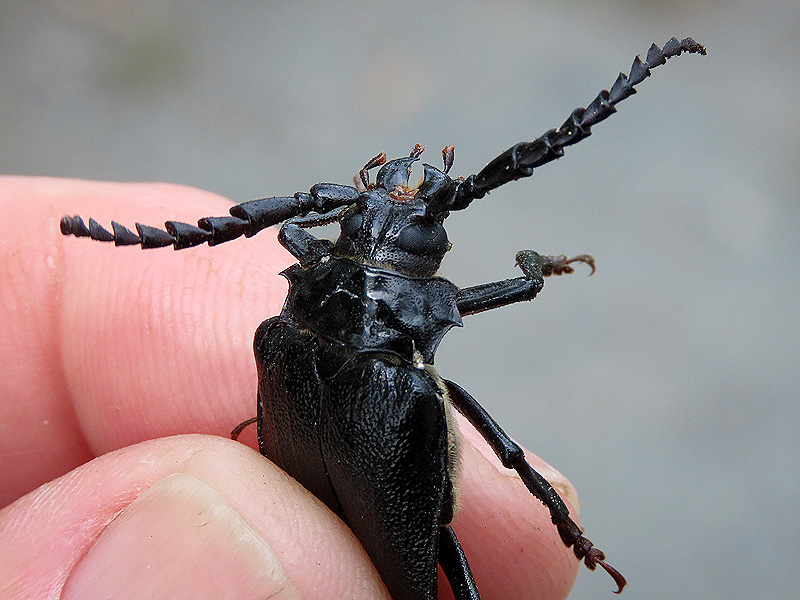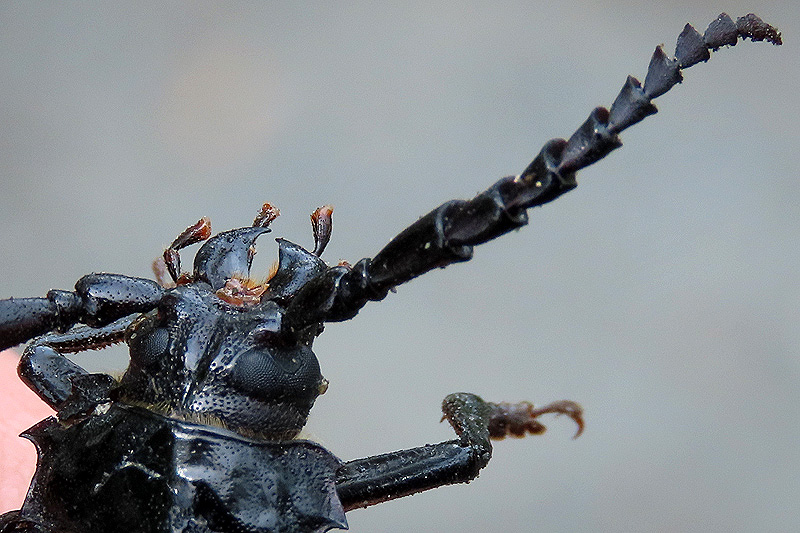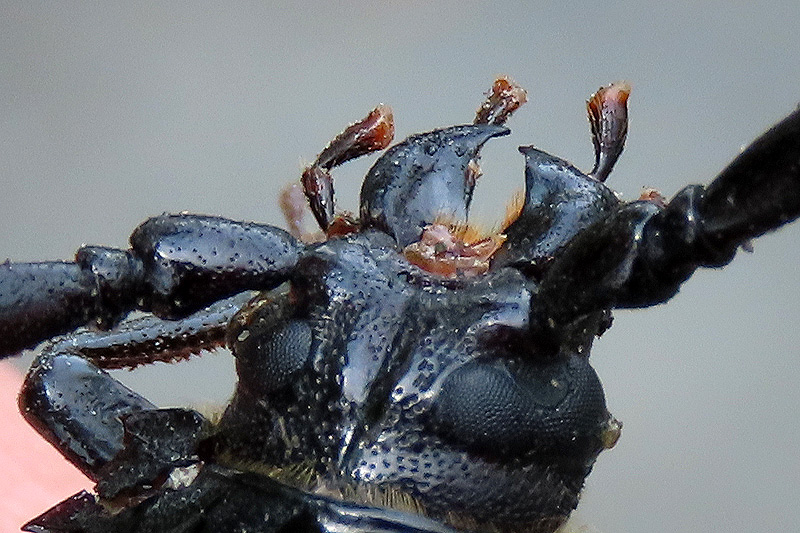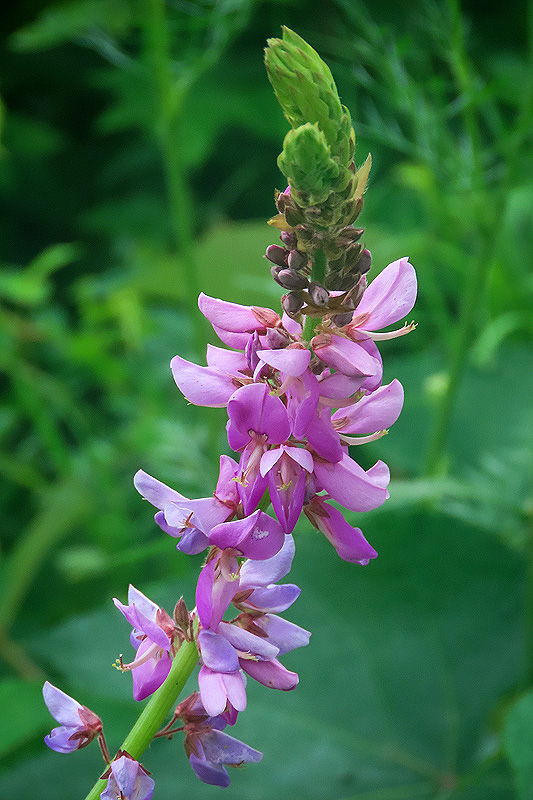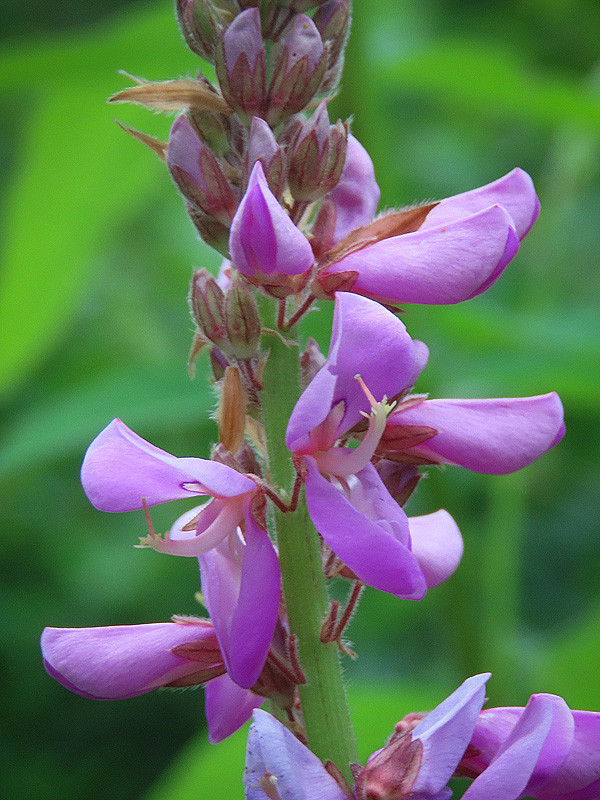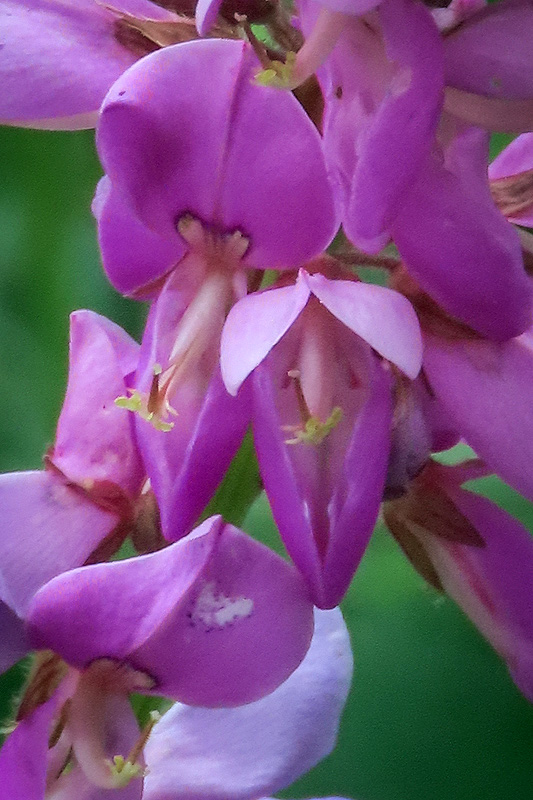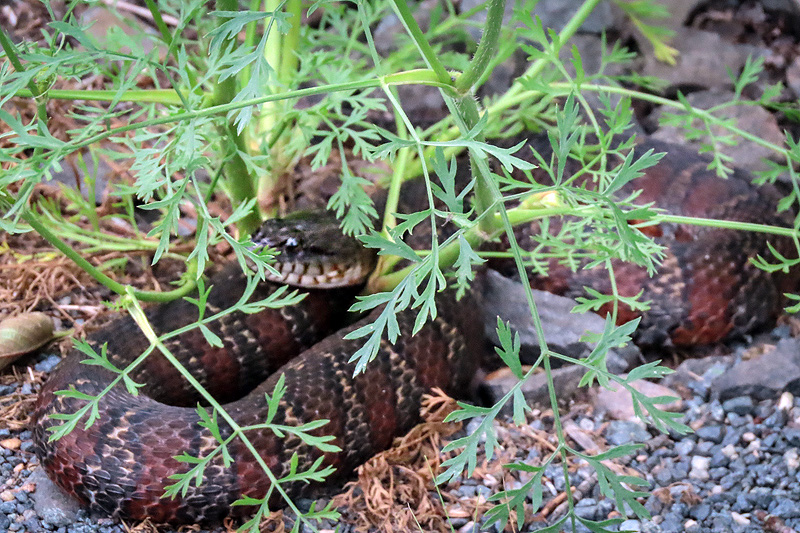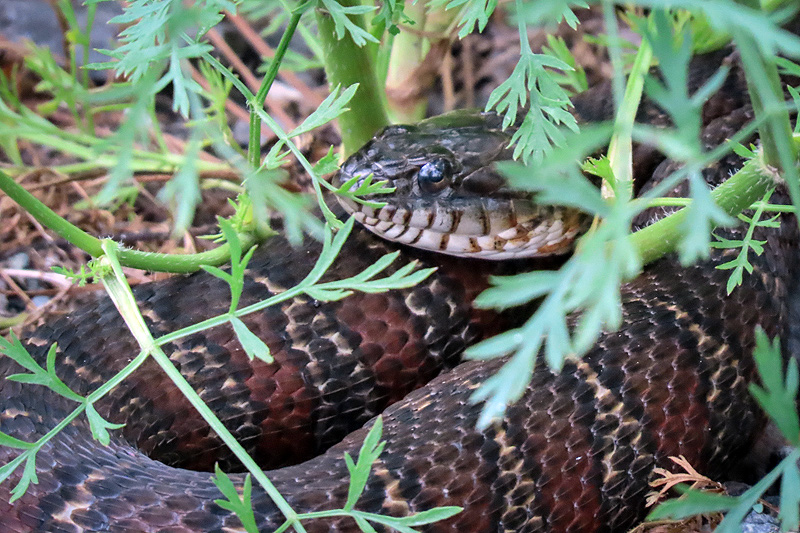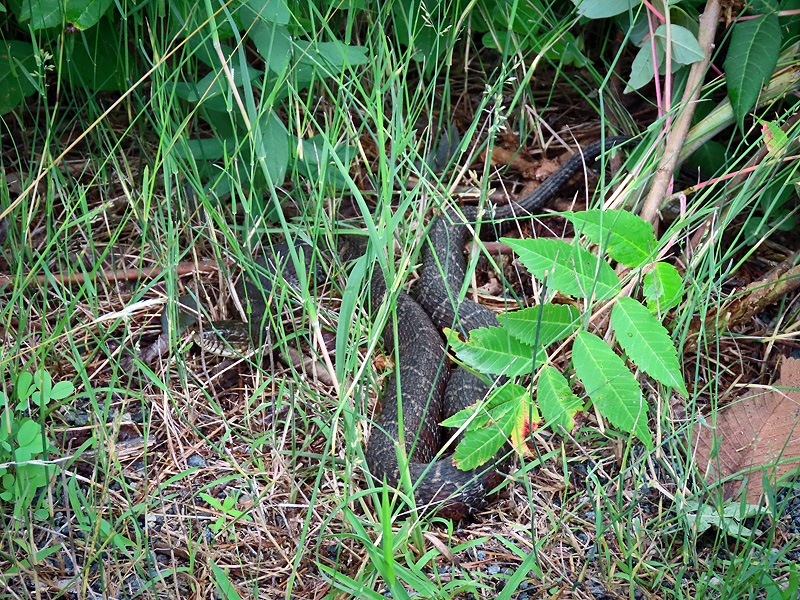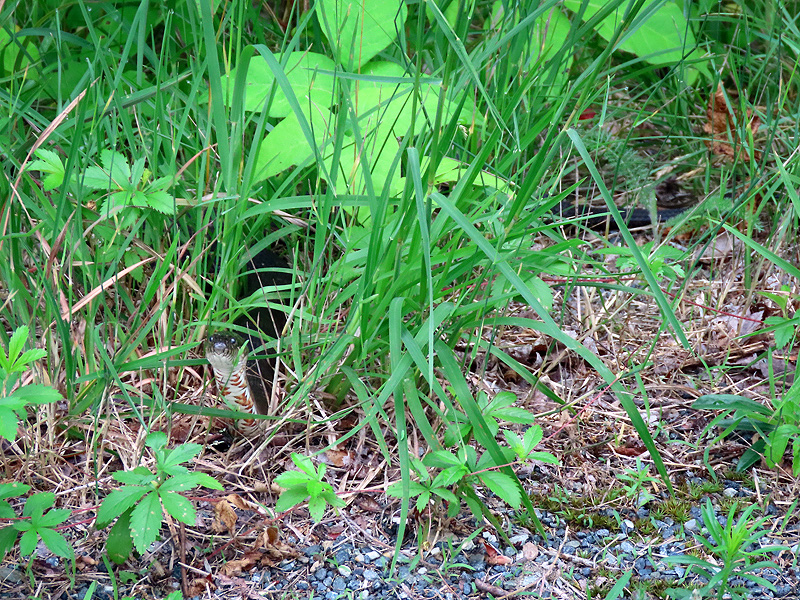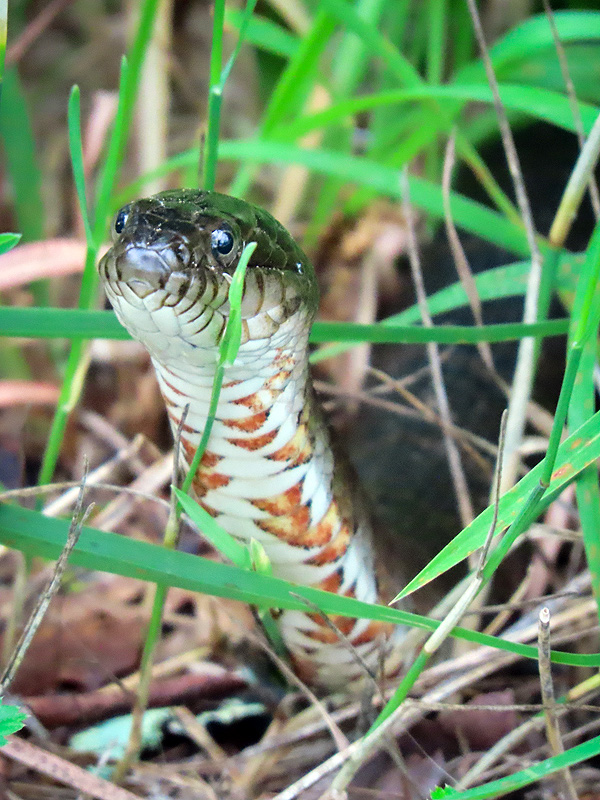Along the Air Line... 2020 - Summer, Part 5 The Air Line Trail in Eastern Connecticut - Stan Malcolm Photos |
HOME: Air Line... 2020 Pages Menu Stan's FlickR Albums |
July 7th. A Sawfly (Family Tenthredinidae, probably Macrophya sp.). Not a fly; it in the Order Hymenoptera. |
A brief afternoon stop ar Cranberry Bog in East Hampton. Swamp Milkweed (Asclepias incarnata). |
|
|
|
|
|
Spotted Joe-Pye-weed (Eupatorium purpureum) in bud. |
This looks like Brown Knapweed (Centaurea jacea), not the usual Spotted Knapweed (C. stoebe)... |
...based on the highly fringed bracts. |
. |
|
Sweet Peas (Lathyrus odoratus). |
|
|
The Canada Geese (Branta canadensis) were on the far side of the pond, nearly out of sight. (There were several more nearby.) |
A Signal Fly (Family Platystomatidae, probably Rivellia variabilis). |
At rest, they flick their wings as if signaling. In fact, they're fairly good jumping spider mimics with the wing pattern similar to spider legs. |
Japanese Beetle (Popillia japonica). |
Just west of Smith Street there has been a fenced area for horses. Stakes for electrification have been added enclosing a little pond nearby. |
But the main area is spreading filthy horse waste onto the trail. |
It stinks, in more ways than one. |
Surely the Town of East Hampton or DEEP needs to address this, and soon! |
July 8th. At the Route 207 crossing, Sand Spurrey (Spergularis rubra), a new flower for me, but I've probably overlooked it - it's tiny! |
|
Nearby on the same sandy soil, Blue Toadflax (Nuttallanthus canadensis). |
At Raymond Brook Marsh I chatted with the operator of this mower. He'd found that it was too large for the job of the day, trimming back the overgrown trail margins. He will be back with a more suitable machine. I asked him to be conservative, but to widen the trail enough at the western end of the marsh to allow social distancing - and also control the Tick Trefoil which attaches its seeds to passers-by and their dogs. |
Northern Water Snake (Nerodia sipedon). First snake I've seen this year - and the first time I've been on the trail in midday warm weather. |
Good sized adult. |
And the tail end of the second snake of the year, a Common Garter Snake (Thamnophis sirtalis). |
A male Broad-necked Root Borer (Prionus laticollis). Females are easily twice as large and so heavy with eggs that they cannot fly. |
Jaws can give a nice nip if the beetle is poorly handled. |
|
Right, those jaws. |
July 9th. Showy Tick-trefoil (Desmodium canadense). |
Source of the sticky seeds ("ticks") that get on our clothing later in the summer. |
|
Snake 1. Northern Water Snake (Nerodia sipedon). |
|
Snake 2. Ditto. |
Snake 3. Ditto. |
A little one, comparatively. |
